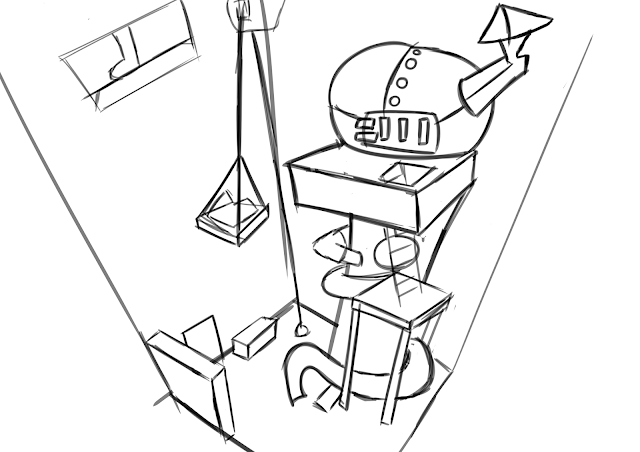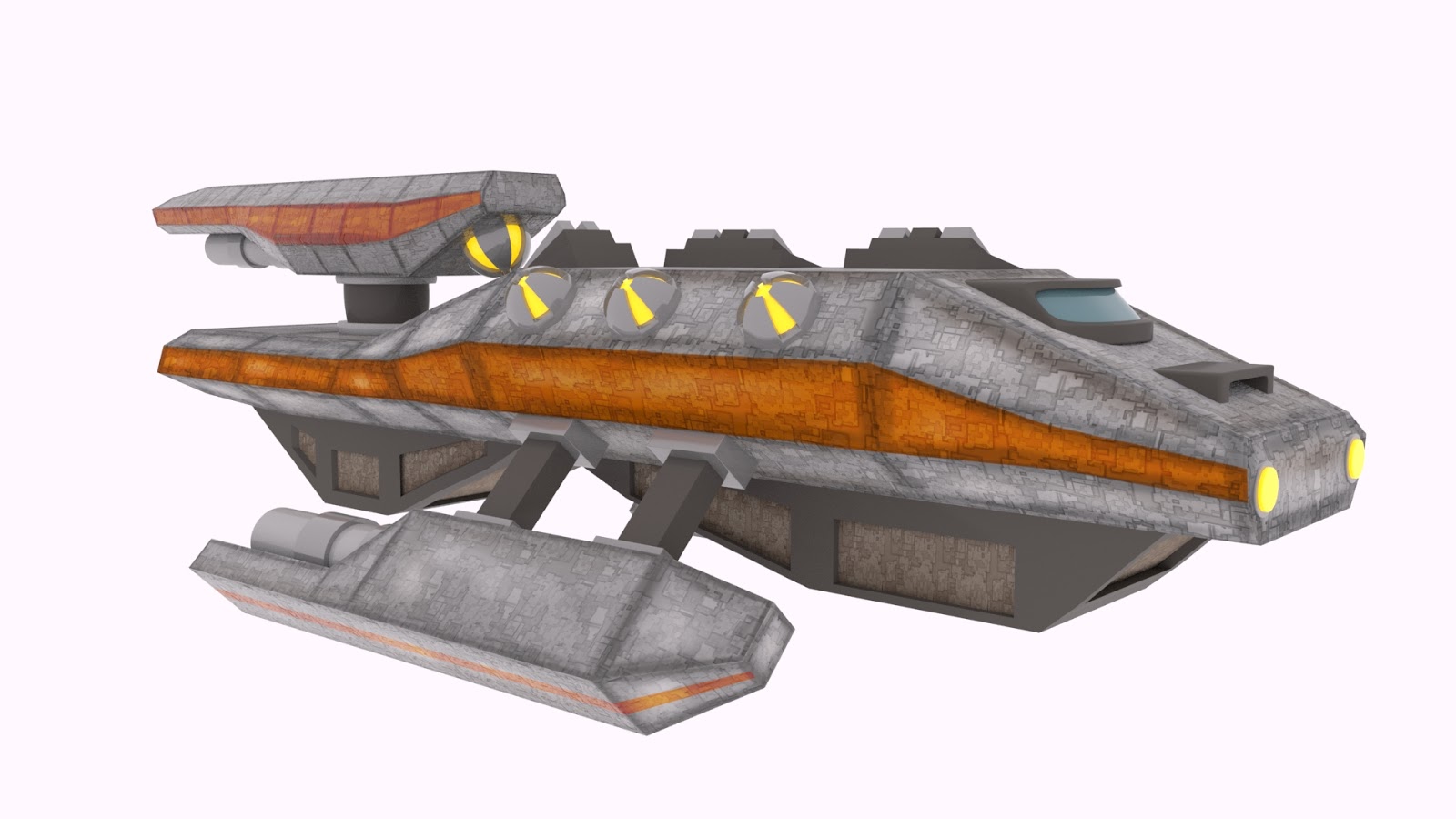Invisible Cities: Looking at the material (TEXT WALL WARNING!!11!)
So I have spent my day looking through the book extracts for the invisible cities. The way I have chosen to do this is simply print out the text extracts and read through them, highlighting any words or phrases that contain information that can be used to build a picture.
For example the city of Isaura is put into the "Thin Cities" group, telling me that it should be represented as a thin city. It also describes an underground lake that the inhabitants of the city dig wells to in order to get their supply of water, and also says that the city is known as the "City of a thousand wells". In my mind I picture an oasis, a green island in a sea of sand, only the pools of water normally pictured are replaced with large wells. It is also said that there are two forms of religion in this city, one worshipping the underground lake and the other believing that the gods live in the means of extracting the water from the lake. To me, two religions suggests two cultures, two ways of living and expression. Each religion could have their own style, be it clothes or even the way their buildings look. For example, the religion that worships the underground lake would have their places of worship underground, maybe they get there by going into a tunnel or cave, or even lowering themselves into the lake on a large scale well (I think the first is more plausible because of the second religion's beliefs).
I think my next step will be to re-read and find the cities that stand out and research the elements of the city, seeing how the cities stand up in the real world, looking at any words describing style that I don't understand or any other things I'm unsure about (like nymphs and naiads, which are water spirits or something that look like young women)
Anyway, that's what I've done today....
For example the city of Isaura is put into the "Thin Cities" group, telling me that it should be represented as a thin city. It also describes an underground lake that the inhabitants of the city dig wells to in order to get their supply of water, and also says that the city is known as the "City of a thousand wells". In my mind I picture an oasis, a green island in a sea of sand, only the pools of water normally pictured are replaced with large wells. It is also said that there are two forms of religion in this city, one worshipping the underground lake and the other believing that the gods live in the means of extracting the water from the lake. To me, two religions suggests two cultures, two ways of living and expression. Each religion could have their own style, be it clothes or even the way their buildings look. For example, the religion that worships the underground lake would have their places of worship underground, maybe they get there by going into a tunnel or cave, or even lowering themselves into the lake on a large scale well (I think the first is more plausible because of the second religion's beliefs).
I think my next step will be to re-read and find the cities that stand out and research the elements of the city, seeing how the cities stand up in the real world, looking at any words describing style that I don't understand or any other things I'm unsure about (like nymphs and naiads, which are water spirits or something that look like young women)
Anyway, that's what I've done today....


Hey Oliver, good to see you're getting started with the anthology extracts you talk about all this imagery being evoked - try not to spend too much time reading, start sketching little thumbnails of these ideas you have so you don't forget them and in class you'll learn how to take your selected ones further.
ReplyDeleteThere's two books in the library I'd like to introduce you to that's on your brief under essential reading: 'Dream worlds: production design in animation' by Hans Bacher (also available to download as an ebook) this book is great for understanding composition from someone who's worked on many Disney animations. The other is 'Impeccable scene design: for game, animation and film' by Weiye Yin which is a good book for finding inspiration as well as tips for digital painting.
Come on, Oliver... let's be having you... let's get some Calvino-inspired eye-candy on here, and a Caligari review and some Maya and some Photoshop exercises and...
ReplyDelete